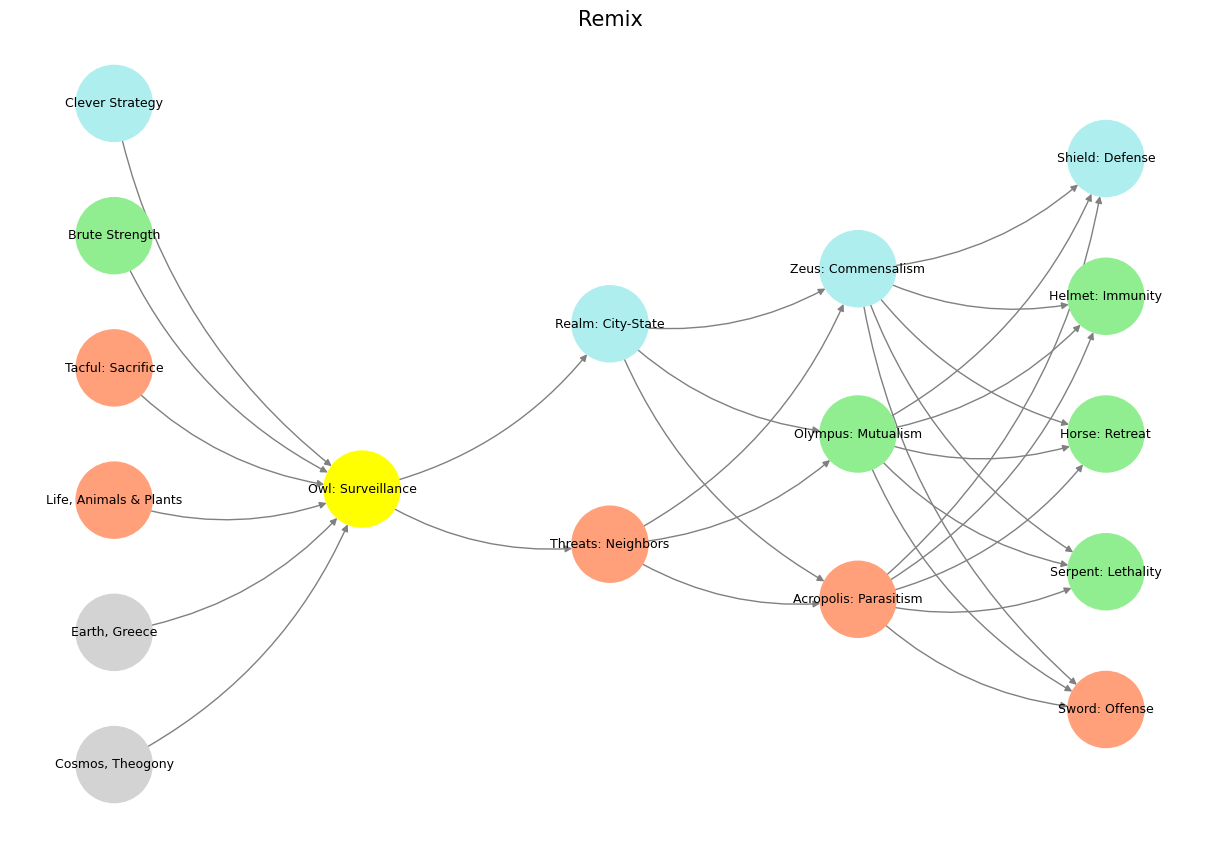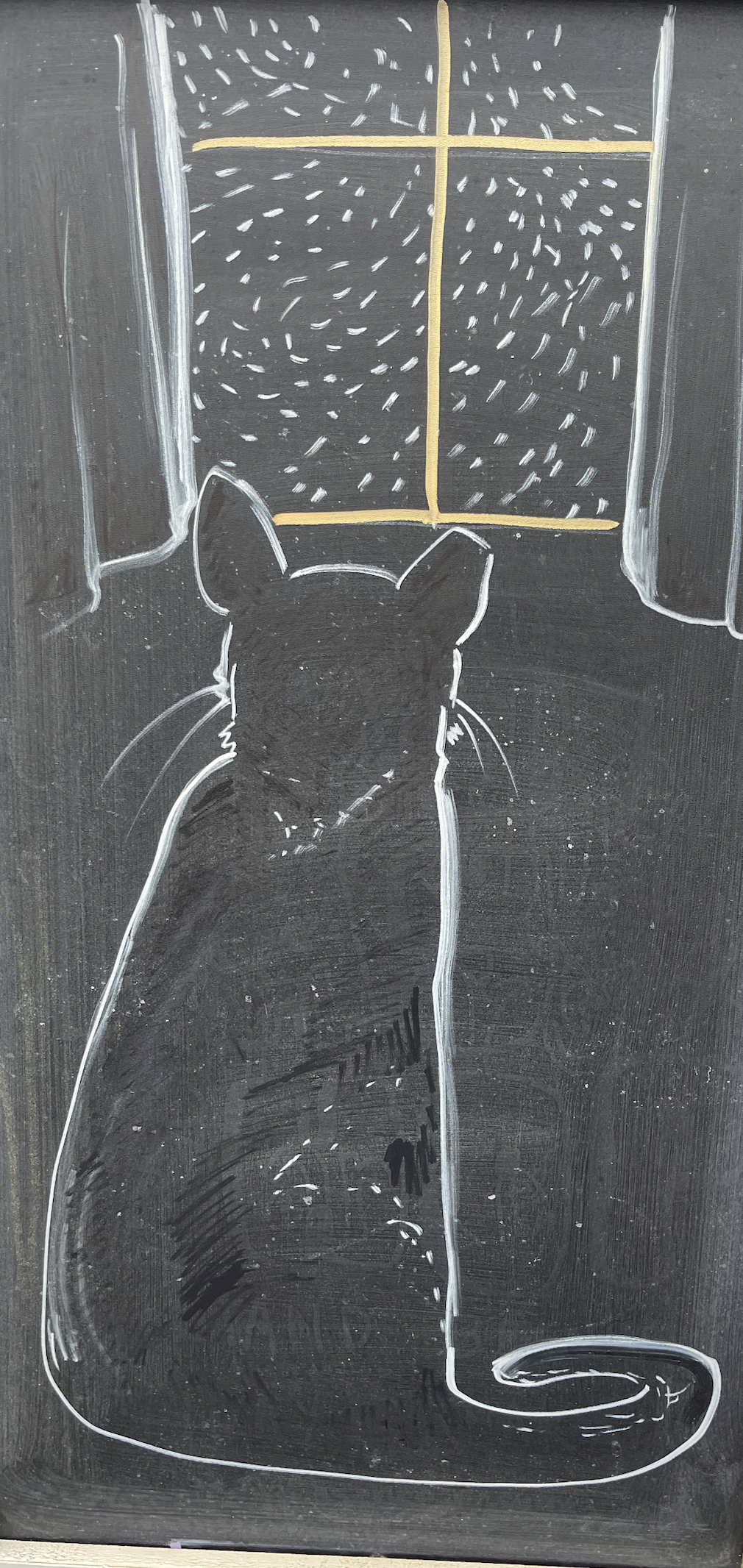Base#
The optimized layer of games, where the outcomes of offense, defense, immunity, lethality, and retreat are institutionalized, provides a lens through which we can observe the structures that shape society. Each of these domains finds its expression in the vast systems that govern human life, embodying Athena’s symbols in a web of organizations and practices that extend their influence far beyond the individual. These institutions, crafted over centuries, represent humanity’s attempts to stabilize the chaos of existence and direct it toward collective goals.
Offense, with its spear of precision and aggression, finds its most overt manifestation in the military-industrial complex. This system, encompassing armed forces, weapons manufacturers, and research institutions, operates as a vast engine of technological innovation and geopolitical influence. Offense is not merely about war; it is about the projection of power, the readiness to act decisively in the face of threats. The military-industrial complex institutionalizes this readiness, channeling resources into a perpetual cycle of preparation and deterrence. From the creation of advanced drones to cyber defense systems, it ensures that offense remains not only a strategy but an enduring industry, shaping global politics and economies alike.
Defense, symbolized by Athena’s shield, takes root in institutions designed to protect the vulnerable and preserve stability. The judicial system, for example, serves as society’s shield against chaos, mediating disputes and upholding the rule of law. National defense strategies extend beyond the military to include cybersecurity agencies, intelligence networks, and even environmental protections, all working to safeguard the integrity of the realm. Insurance companies, too, play a defensive role, offering individuals and communities a buffer against the unpredictability of life, from natural disasters to health crises. These systems, though varied in form, share a common goal: to shield society from collapse.
Immunity, represented by Athena’s helmet, is institutionalized most clearly in public health systems. Vaccination programs stand as one of humanity’s most profound defenses against biological threats, from childhood immunizations to annual flu shots. The World Health Organization and similar institutions embody the ethos of immunity on a global scale, coordinating responses to pandemics and ensuring access to life-saving treatments. Beyond healthcare, immunity is also reflected in educational initiatives, which inoculate societies against ignorance and instability by fostering critical thinking and innovation. These systems operate at the intersection of prevention and resilience, ensuring that societies can withstand both immediate threats and long-term challenges.
Lethality, with its serpent of mortal consequence, finds its institutional form in the penal system. Crime and punishment represent the enforcement of societal boundaries, where lethality becomes a mechanism of deterrence and retribution. Capital punishment, while controversial, is a stark embodiment of this principle, as are life sentences and solitary confinement. The penal system, however, extends beyond punishment to include the broader implications of lethality: the impact of systemic violence, the regulation of weapons, and the societal consequences of inequality and neglect. These institutions reveal the dual nature of lethality, as both a necessary boundary and a reflection of deeper societal flaws.
Retreat, symbolized by the horse, is institutionalized in the rhythms of life that allow for rest and rejuvenation. The concept of the weekend, for instance, provides a structured retreat from the demands of work, while holidays and vacation policies offer longer intervals for recovery. Religious practices, such as the Sabbath, institutionalize spiritual and physical retreat, encouraging reflection and balance. In modern society, the wellness industry, with its emphasis on retreats, mindfulness, and self-care, reflects the growing recognition of the need to step back. These cycles of retreat are not merely luxuries; they are essential mechanisms for maintaining individual and collective well-being, ensuring that the relentless pace of modern life does not overwhelm the human spirit.
Together, these institutions form the scaffolding of the optimized layer, translating abstract concepts into tangible systems that shape our daily lives. They are not static; they evolve in response to shifting needs and values, embodying humanity’s ongoing negotiation with the challenges of existence. Offense, defense, immunity, lethality, and retreat are not merely strategies; they are the pillars upon which civilizations are built, each reflecting the interplay of survival, resilience, and aspiration. Through these institutions, we glimpse the enduring influence of Athena’s wisdom, guiding humanity toward a precarious balance between order and chaos.
Show code cell source
import numpy as np
import matplotlib.pyplot as plt
import networkx as nx
# Define the neural network structure
def define_layers():
return {
'World': [
'Cosmos, Theogony', 'Earth, Greece', 'Life, Animals & Plants',
'Tacful: Sacrifice', 'Brute Strength', 'Clever Strategy'
],
'Perception': ['Owl: Surveillance'],
'Agency': ['Threats: Neighbors', 'Realm: City-State'],
'Generativity': [
'Acropolis: Parasitism', 'Olympus: Mutualism', 'Zeus: Commensalism'
],
'Physicality': [
'Sword: Offense', 'Serpent: Lethality', 'Horse: Retreat',
'Helmet: Immunity', 'Shield: Defense'
]
}
# Assign colors to nodes
def assign_colors():
color_map = {
'yellow': ['Owl: Surveillance'],
'paleturquoise': [
'Clever Strategy', 'Realm: City-State', 'Zeus: Commensalism',
'Shield: Defense'
],
'lightgreen': [
'Brute Strength', 'Olympus: Mutualism', 'Helmet: Immunity',
'Horse: Retreat', 'Serpent: Lethality'
],
'lightsalmon': [
'CosmosX, Theogony', 'EarthX, Greece', 'Life, Animals & Plants',
'Tacful: Sacrifice', 'Acropolis: Parasitism', 'Sword: Offense',
'Threats: Neighbors'
],
}
return {node: color for color, nodes in color_map.items() for node in nodes}
# Calculate positions for nodes
def calculate_positions(layer, x_offset):
y_positions = np.linspace(-len(layer) / 2, len(layer) / 2, len(layer))
return [(x_offset, y) for y in y_positions]
# Create and visualize the neural network graph
def visualize_nn():
layers = define_layers()
colors = assign_colors()
G = nx.DiGraph()
pos = {}
node_colors = []
# Add nodes and assign positions
for i, (layer_name, nodes) in enumerate(layers.items()):
positions = calculate_positions(nodes, x_offset=i * 2)
for node, position in zip(nodes, positions):
G.add_node(node, layer=layer_name)
pos[node] = position
node_colors.append(colors.get(node, 'lightgray')) # Default color fallback
# Add edges (automated for consecutive layers)
layer_names = list(layers.keys())
for i in range(len(layer_names) - 1):
source_layer, target_layer = layer_names[i], layer_names[i + 1]
for source in layers[source_layer]:
for target in layers[target_layer]:
G.add_edge(source, target)
# Draw the graph
plt.figure(figsize=(12, 8))
nx.draw(
G, pos, with_labels=True, node_color=node_colors, edge_color='gray',
node_size=3000, font_size=9, connectionstyle="arc3,rad=0.2"
)
plt.title("Remix", fontsize=15)
plt.show()
# Run the visualization
visualize_nn()

#
Fig. 22 From a Pianist View. Left hand voices the mode and defines harmony. Right hand voice leads freely extend and alter modal landscapes. In R&B that typically manifests as 9ths, 11ths, 13ths. Passing chords and leading notes are often chromatic in the genre. Music is evocative because it transmits information that traverses through a primeval pattern-recognizing architecture that demands a classification of what you confront as the sort for feeding & breeding or fight & flight. It’s thus a very high-risk, high-error business if successful. We may engage in pattern recognition in literature too: concluding by inspection but erroneously that his silent companion was engaged in mental composition he reflected on the pleasures derived from literature of instruction rather than of amusement as he himself had applied to the works of William Shakespeare more than once for the solution of difficult problems in imaginary or real life. Source: Ulysses#

